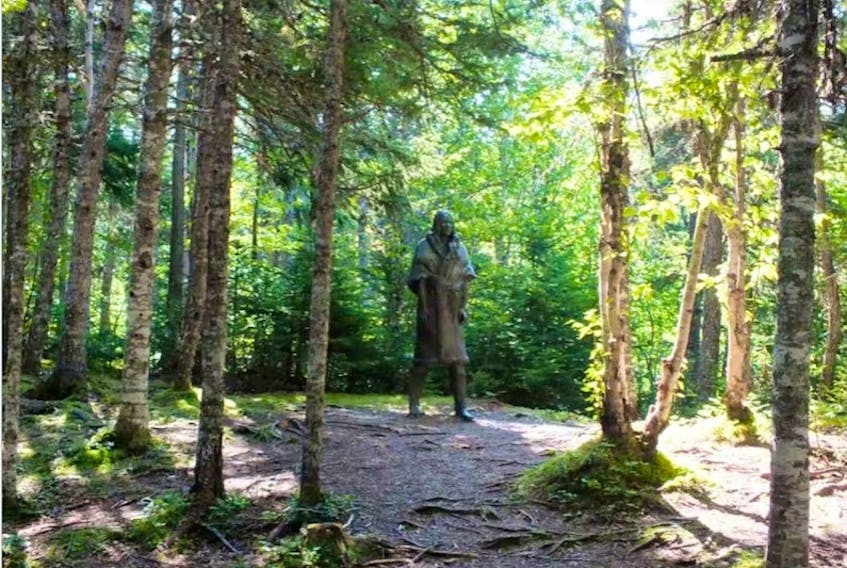Some advocates and the Opposition NDP say the Alberta government’s anti-racism action plan avoids taking important action.

Labour and Immigration Minister Kaycee Madu.
Released on July 18, the Alberta government’s 20-page anti-racism action plan, presented as a “living document” that will change based on feedback, outlines three years’ worth of initiatives, including some the government has already done or begun to work on.
Irfan Chaudhry, director of MacEwan University’s office of human rights, diversity and equity, said in an interview with Postmedia Wednesday the plan offers some constructive initiatives, but he doesn’t have much hope in it achieving its goals.
“I think it’s really weak,” he said.
The action plan comes more than a year-and-a-half after the Alberta Anti-Racism Advisory Council, whose membership has since shifted, submitted a report to the government in January 2021. The public report with 48 recommendations was released last June, after the government had already announced action, including creating a hate crime liaison, a Hate Crimes Coordination Unit and the rollout of a grant program for religious and ethnic organizations to boost security against potential hate crimes .
Some recommendations of the council, however, including to mandate the collection of race-based data across government departments and police services, appear to have been either rejected, or relegated to another day.
Over the next three years, the latest plan commits to developing data standards, and commissioning an expert report to guide the potential collection and use of race-based data.
“There’s likely zero to no commitment from this government to any collection of race-based data … to me that just sounds like kicking the can down the road,” said Chaudhry.
In April, a UCP-led committee rejected a bill from NDP MLA David Shepherd that would have required the collection of race-based data by government.
Roy Dallmann, press secretary to Labour and Immigration Minister Kaycee Madu, said the government wants to get the collection of race-based data right, citing the historic misuse of such information.
Alberta NDP multiculturalism critic Jasvir Deol said in a statement he was “deeply disappointed” the government sat on the recommendations of the council for a year and a half, and then failed to deliver a comprehensive action plan, including avoiding committing to data collection.
“The UCP has not carefully or mindfully consulted with community members on the actions that would improve the lives of racialized Albertans,” said Deol.
The plan promises to tackle public education and cultural awareness, enable skills training for racialized and Indigenous peoples, create new grant and recognition programs for racialized and newcomer Albertans, and help remove barriers to cultural organizations applying for grants.
“It’s basic, it’s general, but at least it’s better than nothing,” she said, adding there is much to still be addressed in terms of accountability measures, including protection from backlash for those reporting injustices.
“The question is will it push the needle? Will it make any much difference, without having an accountability piece?” she said.
Chaudhry said helping cultural organizations apply for grants is a critical step that can help address systemic bias. However, he said he finds it disingenuous for the government to commit to new grants, since in 2019 the UCP removed the Human Rights and Multiculturalism Grants program.
“I have a hard time buying what’s being sold on this one, because there has been a patterned, sustained removal of a commitment to anti-racism from this specific government,” he said.
While the plan promises to act to ensure “inclusion and diversity training” for law enforcement officers, it does not make clear whether that training might be mandatory, and for whom.
The government said it’s currently reviewing the Police Act to modernize policing, including officer training requirements, but it referred specific questions about recruiting and in-service training to police services.
Chaudhry said a focus on further discussion with community groups can put off taking action.
“I don’t think communities want more talking or discussion, I think they’ve already ‘been there, done that,’ so to speak, and that’s where I think a lot of this is going to fall flat.”
While the government’s release noted that the actions “build on” the work of the council, Postmedia did not receive a response to an email to the current advisory council asking for comment on how the action plan relates to its work.
Madu said in the news release announcing the plan that his government has shown a proven track record in dealing with racism, discrimination and systemic racism, but there is more to be done.
“This action plan serves as a road map for our province to confront and take steps to eliminate racism to ensure Alberta is a free, fair and prosperous place for everyone,” Madu said.
Heather Campbell, a former co-chair of the advisory council, said in a Twitter thread shortly after the plan’s release that it’s “terrible and offensive.”
“There is so much ugly ‘collect information’ and ‘do nothing with the information’ in the document,” she wrote.
Dallmann said that kind of reaction to the first such anti-racism plan from any Alberta government is “unfortunate” because it downplays the importance of steps being undertaken.
“Given that this plan is rooted in the recommendations from the former (council) chair, we’re surprised she doesn’t recognize that this is a huge step forward to set Alberta up for increasingly successful diversity, inclusion, and equity efforts in the future,” Dallmann said.
















